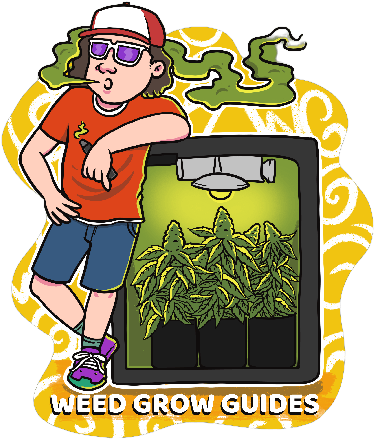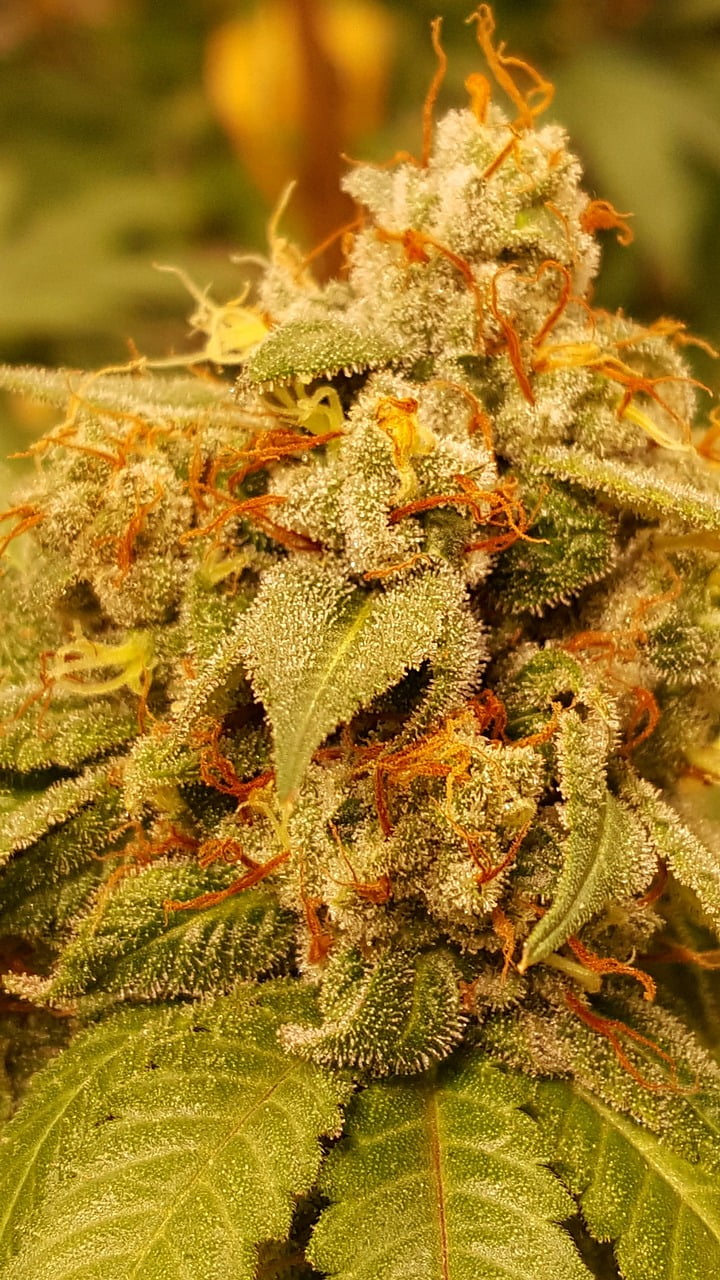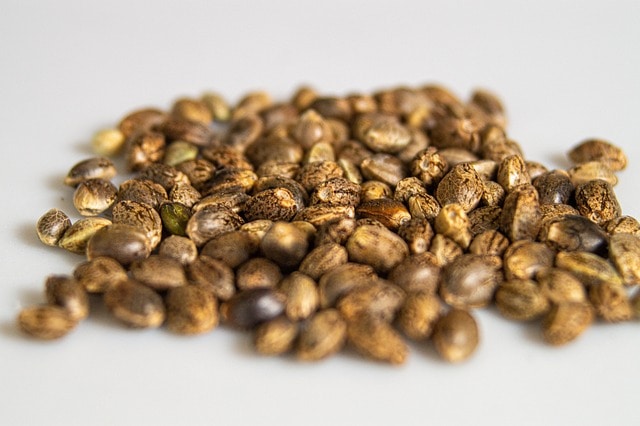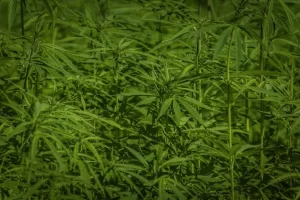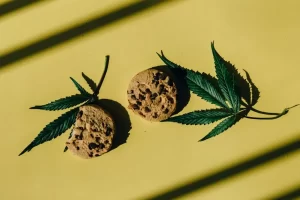You’ve planted your marijuana seeds, nurtured them with care, and watched them grow into luscious green plants. Now comes the exhilarating part – deciding when to harvest your prized buds. Understanding the ideal time to harvest marijuana is crucial in ensuring the highest potency and flavor of your crop. In this article, we will explore the factors that determine the best time to harvest your marijuana plants, providing you with valuable insights to maximize the quality of your yield. So grab your gardening gloves and let’s dive into the world of marijuana harvest!
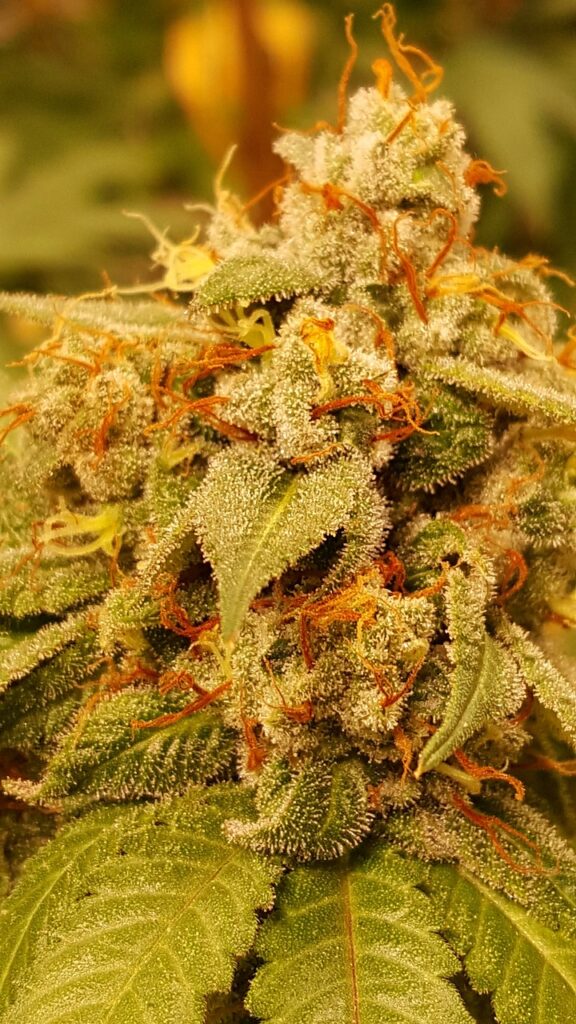
The Importance of Harvesting at the Right Time
Harvesting marijuana at the right time is crucial to ensure optimal potency and flavor of the buds. Timing the harvest correctly helps to avoid over-ripening, which can lead to a decrease in the quality of the final product. Additionally, harvesting at the right time is vital for preventing mold and pest infestations, which can ruin an entire crop.
Factors to Consider
When determining the perfect time to harvest your marijuana plants, there are several factors to consider. These factors include the variety of marijuana, desired effects, environmental conditions, stage of trichome development, visual cues of ripeness, and genetics/breeder recommendations.
Variety of Marijuana
Different marijuana strains have different maturation times. Some strains may be ready to harvest earlier, while others may require more time to fully develop. Researching and understanding the specific variety of marijuana you are growing will help you determine the optimal harvest time.
Desired Effects
The effects you desire from your marijuana will also influence when you should harvest. Harvesting earlier will result in a more energetic and cerebral high, while waiting longer will produce a more relaxed and sedative effect. Consider your personal preferences and the desired effects when deciding when to harvest.
Environmental Conditions
Environmental conditions, such as temperature, humidity, and lighting, can affect the maturation of marijuana plants. Warmer temperatures and higher humidity levels can accelerate the growth and ripening process, whereas colder temperatures and lower humidity levels can slow it down. Monitor and adjust these conditions accordingly to ensure a successful harvest.
Stage of Trichome Development
Trichomes are the tiny resin glands on the surface of marijuana buds that contain cannabinoids, such as THC and CBD. Monitoring the trichome development is a reliable method for determining harvest time. As the trichomes mature, they change color, indicating the optimal time to harvest.
Visual Cues of Ripeness
In addition to trichome development, there are visual cues that can indicate the ripeness of marijuana plants. Observing the color of the pistils, the swelling of the buds, the color of the leaves, and the coverage of trichomes on the buds can give you a good indication of when the plants are ready to be harvested. These visual cues work in conjunction with trichome development to help you determine the ideal time to harvest.
Genetics and Breeder Recommendations
Each marijuana strain may have specific recommendations from the breeder regarding the optimal harvest time. It is important to research and consider these recommendations, as they are based on the expertise and experience of the breeder. Following these recommendations can help you achieve the best results with your harvest.
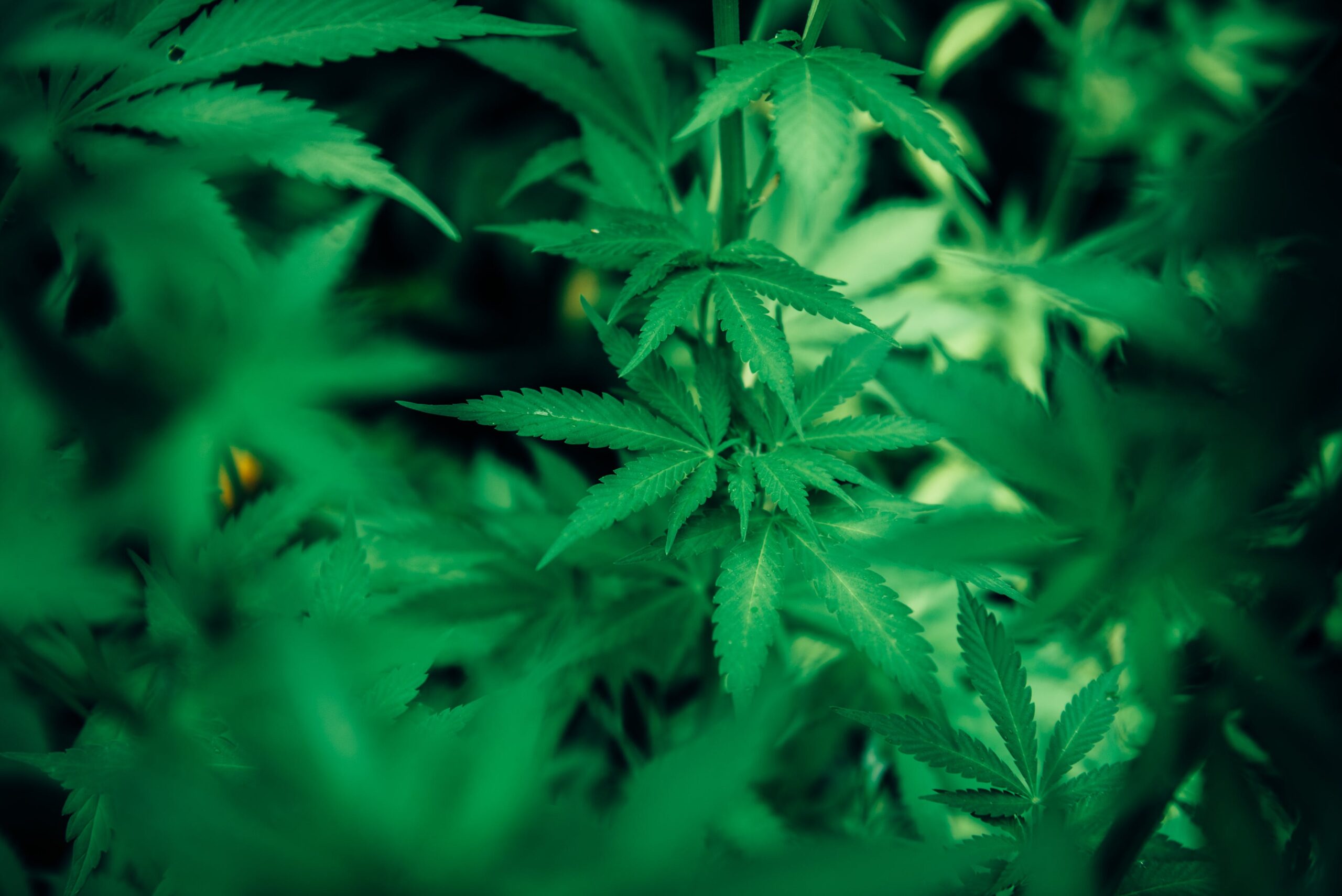
Determining Harvest Time with Trichomes
Understanding trichomes and their role in determining harvest time is essential for any marijuana grower. Trichomes are the resin glands that contain the cannabinoids responsible for the effects of marijuana. They appear as tiny, mushroom-like structures on the buds.
Using a Magnifying Tool
To observe trichomes closely, a magnifying tool such as a jeweler’s loupe or a microscope can be used. These tools allow you to see the trichomes up close and determine their color and density.
Observing Trichome Color and Density
Trichomes go through different stages of development, and their color can indicate the level of cannabinoid production. When trichomes are clear or translucent, they are not yet mature and contain lower levels of cannabinoids. As they progress, they become milky or cloudy, indicating higher levels of THC and CBD. For a more relaxing effect, harvest when some trichomes have turned amber or brown.
Harvest Time According to Trichome Appearance
The appearance of trichomes will vary based on the strain being grown and the desired effects. Harvesting when trichomes are predominantly cloudy will result in a more balanced high, while waiting for some amber trichomes can produce a more sedative effect. Observing and understanding trichome appearance is a crucial aspect of determining harvest time.
Visual Cues of What Time To Harvest Marijuana
Apart from trichomes, there are several visual cues that can help determine the ripeness of marijuana plants.
Observing Pistil Color
Pistils are the small hair-like structures that emerge from the calyxes of female marijuana plants. As the plant matures, the pistils change color. Initially, they are white and vibrant, but as the plant ripens, they start to darken and curl. When the majority of pistils have turned orange or brown, it is a good indication that the plant is nearing harvest.
Watching for Buds to Swell
During the flowering stage, the buds of a mature marijuana plant will gradually increase in size and density. Monitoring the swelling of the buds can be another helpful visual cue for gauging ripeness. When the buds are plump and full, it is a sign that the plant is close to being ready for harvest.
Monitoring Leaf Color
The color of the leaves can provide valuable information about the maturity of the marijuana plant. As harvest time approaches, the leaves may start to change color, with some turning yellow or even purple. This change in leaf color is a natural occurrence and can be an indicator that the plant is reaching its full potential.
Checking Trichome Coverage on Buds
While observing trichomes is an important method for determining harvest time, checking the trichome coverage on the buds can also be informative. As the buds mature, the density of trichomes increases, resulting in a frosty or sticky appearance. If the buds are covered in trichomes and have a glistening appearance, it is a good indication that they are ripe and ready for harvest.
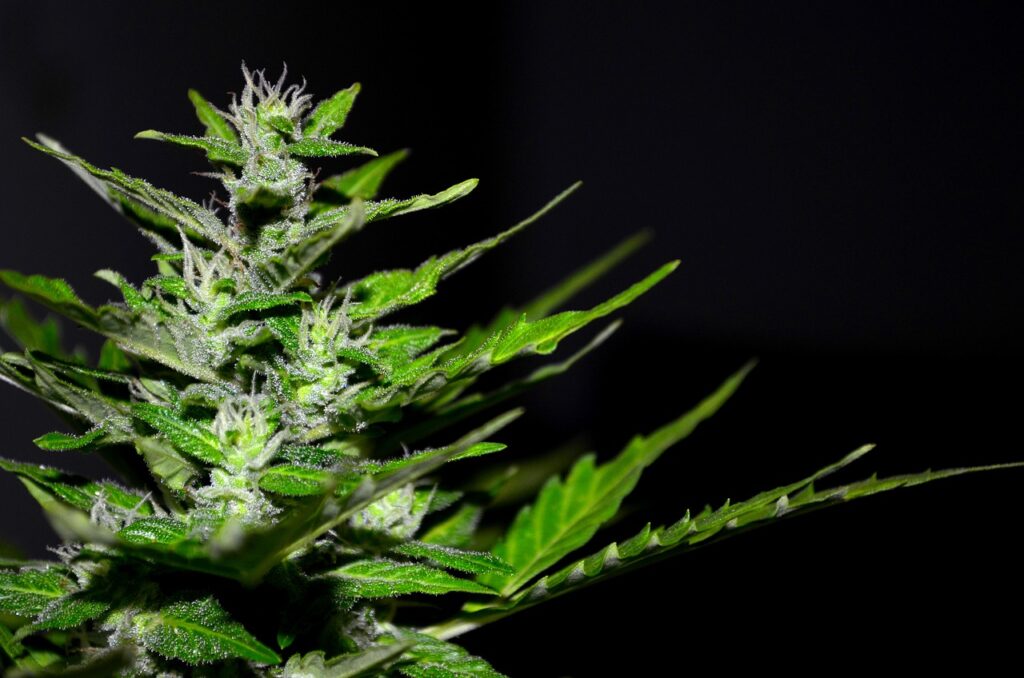
Other Signs of Readiness
There are additional signs and techniques to consider when determining the best time to harvest your marijuana plants.
Drying and Curing Techniques
The drying and curing process after harvest can significantly impact the final quality of your buds. It is important to research and implement proper drying and curing techniques to preserve the potency and flavor of the harvested buds. Factors such as temperature, humidity, and airflow play a crucial role in this process.
Timing Harvest Based on Desired Effects
As mentioned earlier, the desired effects of marijuana can influence when to harvest. If you prefer a more energetic and cerebral high, consider harvesting earlier. For a more relaxed and sedative effect, wait until later in the harvest window. Experimentation and personal preferences will help you determine the perfect timing for your desired effects.
Observing Fading of Nutrient Leaves
As the marijuana plant nears harvest, the leaves may start to fade and lose their vibrant green color. This fading is a natural part of the plant’s life cycle and can be an indication that the plant is reaching maturity. Observing the fading of nutrient leaves can be an additional visual cue to help determine the ideal harvest time.
Factors Affecting Harvest Time
Several factors can affect the optimal harvest time for marijuana plants.
Indoor vs. Outdoor Growing
The growing environment can have a significant impact on harvest time. Indoor growing allows for more control over environmental conditions, including light cycles, temperature, and humidity. Outdoor growing is subject to natural variations in these factors, which can influence the timing of the harvest.
Temperature and Humidity Levels
Temperature and humidity levels play a crucial role in the maturity of marijuana plants. Warmer temperatures and higher humidity levels can accelerate growth and ripening, potentially resulting in an earlier harvest. Colder temperatures and lower humidity levels can slow down the process, leading to a later harvest.
Lighting Schedule Manipulation
Manipulating the lighting schedule during the flowering stage can also affect harvest time. Shortening the light cycle by a couple of hours can potentially speed up the ripening process, while extending the light cycle can delay it. Properly managing the lighting schedule is essential for achieving the desired harvest time.
Nutrient Feeding and Flushing
Proper nutrient feeding and flushing techniques are critical for healthy marijuana plants and a successful harvest. Adjusting nutrient levels and flushing the plants before the harvest can help remove any excess nutrients or chemical residues, ensuring a cleaner and purer final product.
Stress and Disease Management
Stress and disease can significantly impact the development and maturity of marijuana plants. Proper stress management techniques, such as avoiding temperature extremes, maintaining proper airflow, and preventing pest infestations, are necessary to ensure the plants reach their full potential and mature properly.

Harvesting at Different Stages
Depending on personal preference and desired effects, marijuana plants can be harvested at different stages of maturity. Each stage offers unique characteristics and effects.
Early Harvest
Characteristics of an early harvested plant include clear or translucent trichomes, vibrant pistils, and less swollen buds. The effects and potency of buds harvested early are generally more energizing and cerebral, making them ideal for daytime use or for individuals who prefer a more uplifting high.
Mid Harvest
A mid-harvested plant will have more cloudy trichomes, pistils that have started to darken, and buds that are moderately swollen. The effects and potency of buds harvested at this stage are typically more balanced, offering a combination of relaxation and mental stimulation. These buds are suitable for both daytime and evening use.
Late Harvest
A late-harvested plant will have predominantly amber or brown trichomes, brown pistils, and fully swollen buds. Buds harvested at this stage offer a more sedative and relaxing high, making them ideal for evening or nighttime use. These buds may also have a heavier flavor and a more pronounced aroma.
Early Harvest
Early harvested plants possess specific characteristics that differentiate them from plants harvested at later stages.

Characteristics of an Early Harvested Plant
An early harvested plant will have trichomes that are mostly clear or translucent, indicating lower levels of cannabinoids. The pistils will be vibrant and mostly white, and the buds will be less swollen compared to later stages of maturity.
Effects and Potency of Early Harvest
Buds harvested early tend to have a more energetic and cerebral effect. The lower cannabinoid levels contribute to a less intense high, making them suitable for daytime use or for individuals who prefer a milder experience.
Ideal Uses for Early Harvested Buds
The energizing and uplifting effects of early-harvested buds make them ideal for social gatherings, creative activities, or situations where a boost in energy and focus is desired. These buds can provide a more functional high without inducing sedation or extreme relaxation.
Mid Harvest
Harvesting your marijuana plants at the mid-stage of maturity presents its own set of characteristics and benefits.
Characteristics of a Mid Harvested Plant
A mid-harvested plant will have trichomes that are mostly cloudy or milky, indicating higher levels of cannabinoids. The pistils will have started to darken and curl, and the buds will be moderately swollen compared to earlier stages.
Effects and Potency of Mid Harvest
Buds harvested at the mid stage offer a more balanced high, combining the energetic effects of early-harvested buds with the relaxation and euphoria associated with later stages. The higher cannabinoid levels in mid-harvested buds contribute to a more potent experience.
Ideal Uses for Mid Harvested Buds
Mid-harvested buds are versatile and suitable for a variety of occasions and situations. They provide a balanced and enjoyable high that can be used during the day for relaxation or focus, or in the evening for socializing or winding down. These buds offer a pleasant blend of effects without being overwhelming.
Late Harvest
Late-harvested plants offer their own unique characteristics and effects that cater to specific preferences.
Characteristics of a Late Harvested Plant
A late-harvested plant will have trichomes that are predominantly amber or brown, indicating higher degradation of cannabinoids. The pistils will have turned brown, and the buds will be fully swollen and dense.
Effects and Potency of Late Harvest
Buds harvested at the late stage provide a deeply relaxing and sedative high. The higher degradation of cannabinoids results in a more potent and physically soothing experience. Late-harvested buds may also have a richer flavor profile and more pronounced aroma.
Ideal Uses for Late Harvested Buds
Late-harvested buds are best suited for evening or nighttime use, when relaxation and unwinding are the primary goals. They are ideal for those seeking a more intense and physically soothing high. The rich flavors and aromas of late-harvested buds can also enhance the overall experience. Make sure to check out guides for storing your weed after you harvest
Harvesting marijuana at the right time is crucial for achieving the desired potency, flavor, and effects. By considering factors such as trichome development, visual cues, genetics, and environmental conditions, growers can make informed decisions about when to harvest. Whether opting for an early, mid, or late harvest, understanding the characteristics and effects of each stage allows for a personalized and enjoyable marijuana experience. Remember to experiment, observe, and adjust your harvesting techniques to find the perfect timing for your individual preferences and desired effects. Happy harvesting!
